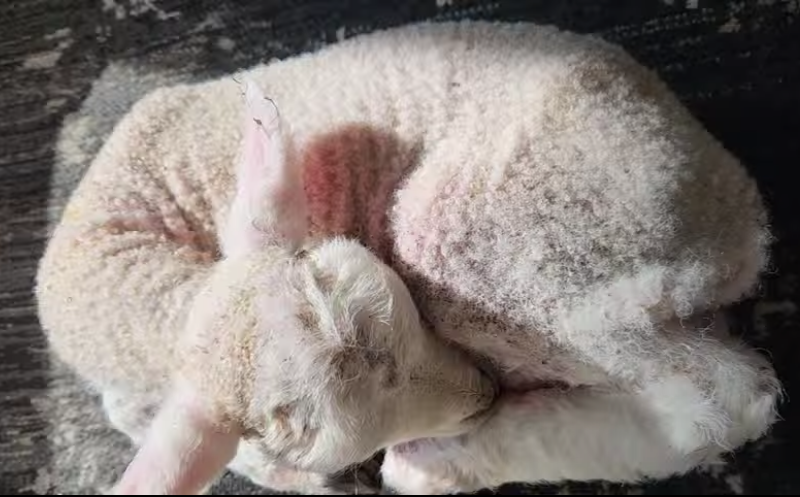
Ten years ago I raised my first bottle baby.
Abandoned lamb Damien was a great teacher, and the knowledge gained in 2015 has helped me raise numerous lambs and kids since then.
He was the poster child for a first time teacher having a selenium deficiency, getting pneumonia and bloat. At ten, he is now one of the senior members of our small flock.
I have put together a quick guide which I will be illustrating and expanding this year before lambing and kidding starts in July.
Contact me with BOTTLE in the comment if you would like a free copy of the draft text version and to be notified when the final version is available. This is the introduction.
Bottle raising lambs (and kids)
Baby needs colostrum within the first 24 hours. Ideally their first feed has to be in the first 2-4 hours, otherwise their blood sugar levels start dropping and they can become too stupid to feed, especially if it is cold.
A newborn has to be warm to digest colostrum. In the field, you can do a quick check of the temperature of the lamb's mouth with your little finger. If it is cold, the lamb needs to be warmed before trying to feed. (see warming instructions)
If the ewe is still interested but the lamb is slow, you can put some honey on the roof of the lamb's mouth to give their blood sugar a boost, then help them feed. Restraining first-time mums can help them both get the hang of things.
If mum isn’t interested, take the lamb to feed colostrum and confine the mother in a small space to try and join them back together when the lamb is stronger.
Mimic a natural feeding position to open the esophageal groove. The back of neck should be at least vertical - like how they would feed from the mum.
The angle of the bottle and height of the lambs head is critical as milk must bypass the forestomach (rumen & reticulum) and enter the abomasum where enzymatic digestion of milk proteins takes place.
If milk enters the forestomach, it produces excess gas by microbial fermentation and can cause bloat. This abdominal distention on the left side in ruminants can be fatal as it puts pressure on the heart and lungs.


